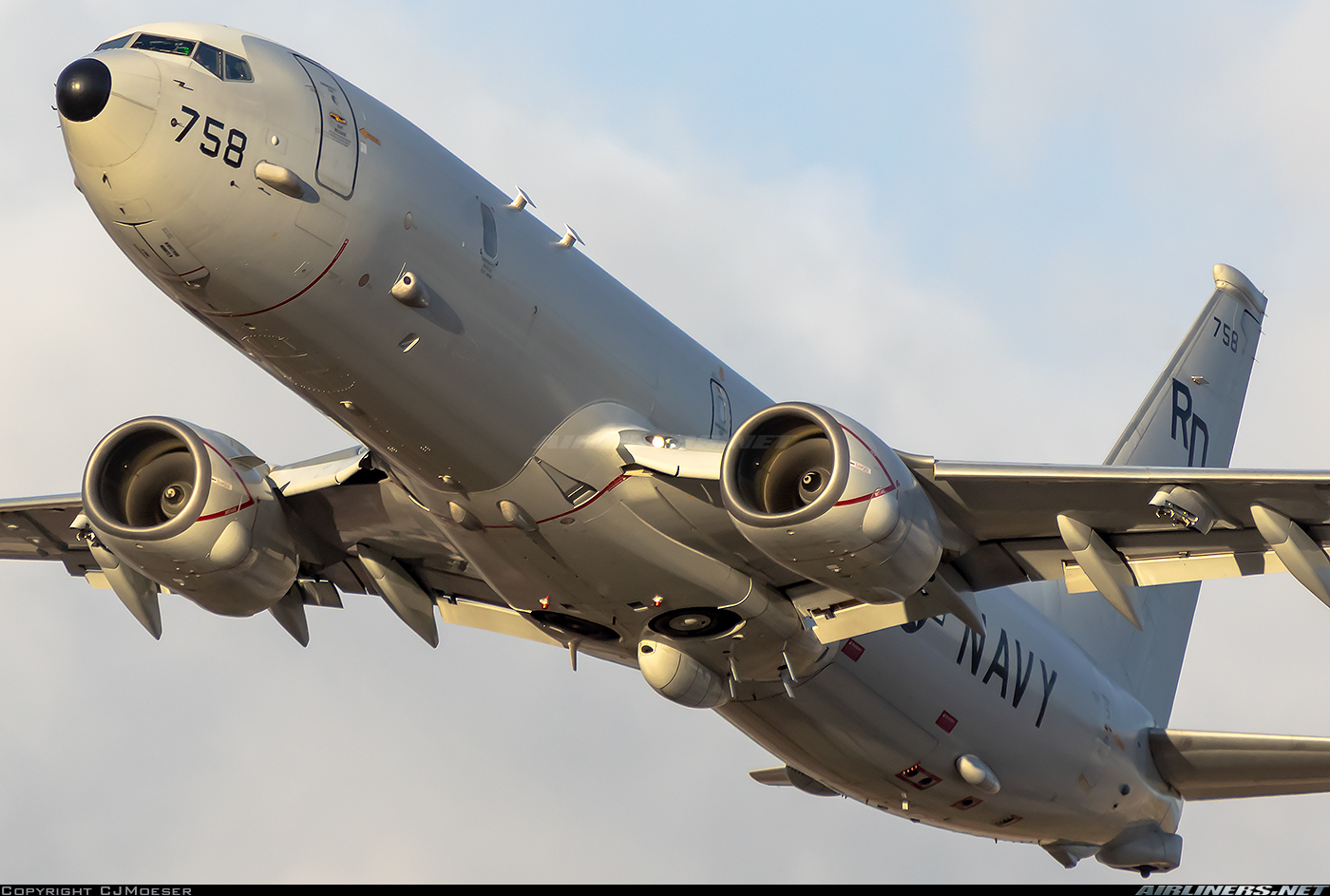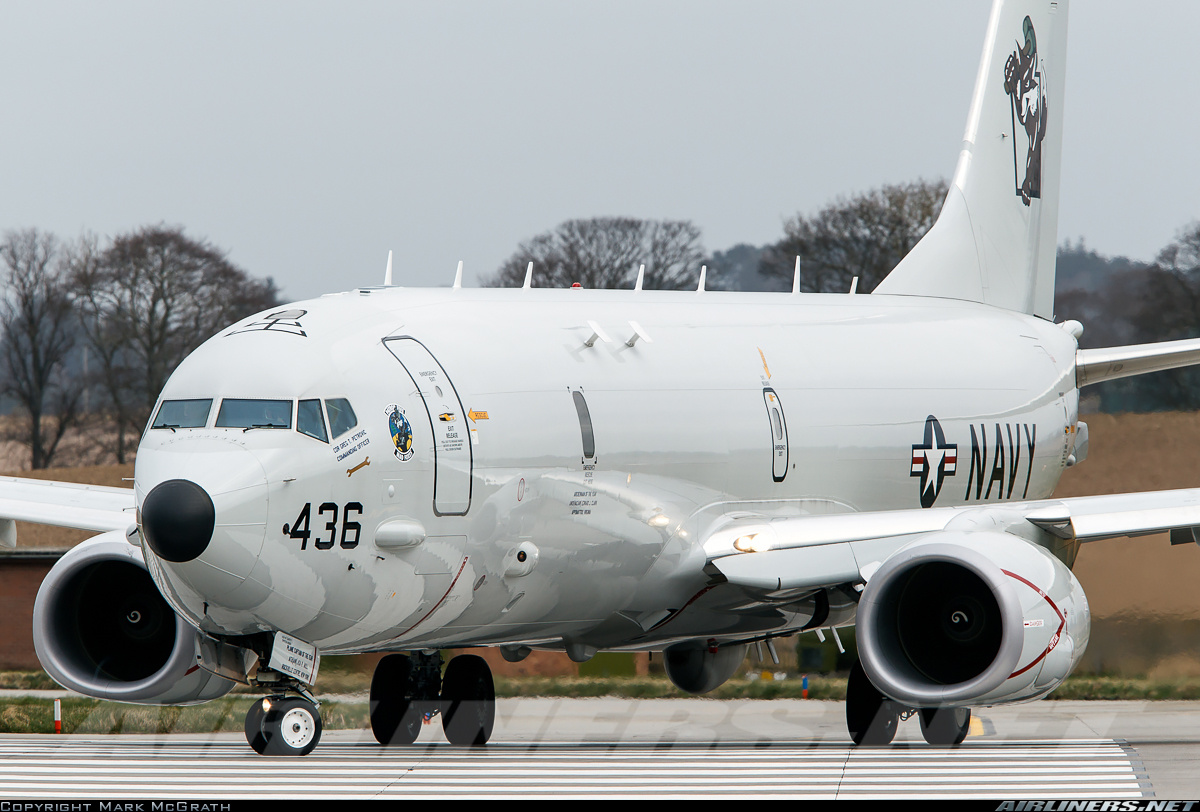Poseidon P-8: The Modern Maritime Patrol Aircraft
In the realm of Greek mythology, Poseidon was the mighty god of the sea, a figure who commanded both the waters and the sky. It’s a fitting namesake for the Boeing P-8 Poseidon, an aircraft that rules the skies while keeping a watchful eye on the seas below.
A Mythical Beginning
In the ancient Greek pantheon, Poseidon was the brother of Zeus, the supreme deity, and Hades, the lord of the underworld. Together, they overthrew their father, and Poseidon was granted dominion over the seas. Similarly, the P-8 Poseidon has risen to prominence in the world of maritime patrol aircraft.
The P-8 Poseidon Unveiled
The P-8 Poseidon is a multi-mission marvel, designed for a wide range of roles, including intelligence, surveillance, reconnaissance (ISR), search and rescue, anti-submarine warfare (ASW), anti-surface warfare (ASuW), and shipping interdiction. Its origins trace back to June 2004 when the contract for its development was awarded. The maiden flight occurred on April 25, 2009, and just four years later, the U.S. Navy declared it to be operationally capable. Since then, the P-8 has become a staple not only in the U.S. Navy but also in the Royal Air Force and various allied forces worldwide.
A Master of the Skies and Seas
One remarkable aspect of the P-8 is its ability to perform low-altitude operations. Remarkably, it has amassed over 400,000 flight hours without a single accident. With a compact crew comprising a pilot, co-pilot, two naval flight officers, and three enlisted Aviation Warfare Operators/naval aircrewmen, it can navigate vast oceans and coastal regions with ease. Inside the cabin, five operator stations are arranged along the port side, sans windows, except for a single observer window in the forward cabin.
Cutting-Edge Technology
The P-8 Poseidon boasts state-of-the-art technology, including synthetic aperture radar, electro-optical infrared sensor turret, and enhanced acoustic capability. This allows the aircraft to conduct simultaneous passive and active processing, making it a formidable asset for maritime operations.
Global Adoption
Currently, the United States Navy, the Royal Australian Air Force, and the Royal Air Force of the United Kingdom operate over 140 P-8s in two variants, including the P-8A. Recently, the platform found favor with the Royal Norwegian Air Force, the Royal New Zealand Air Force, the Republic of Korea Navy, and the German Navy. India’s Navy employs an upgraded version, the P-8I, equipped with an aft Telephonics APS-143 OceanEye radar and a magnetic anomaly detector (MAD).
Aircraft of Efficiency
The P-8 models are impressively similar to the commercial 737NG, offering significant supply chain economies of scale in manufacturing and support worldwide. Designed to endure the most demanding maritime flight conditions, including icy environments, the P-8 is built to last for 25 years or 25,000 hours of operation.
Future Enhancements
Exciting upgrades are on the horizon for the P-8A Poseidon. It is set to integrate the Long Range Anti-Ship Missile, a contract awarded to Boeing by the U.S. Navy in November 2021. This enhancement underscores the aircraft’s adaptability and enduring relevance in modern naval warfare.
In conclusion, the P-8 Poseidon, like its mythological namesake, reigns supreme, commanding the skies and seas with precision and advanced technology. With ongoing upgrades and widespread adoption, it continues to be a vital asset for maritime security and defense.













